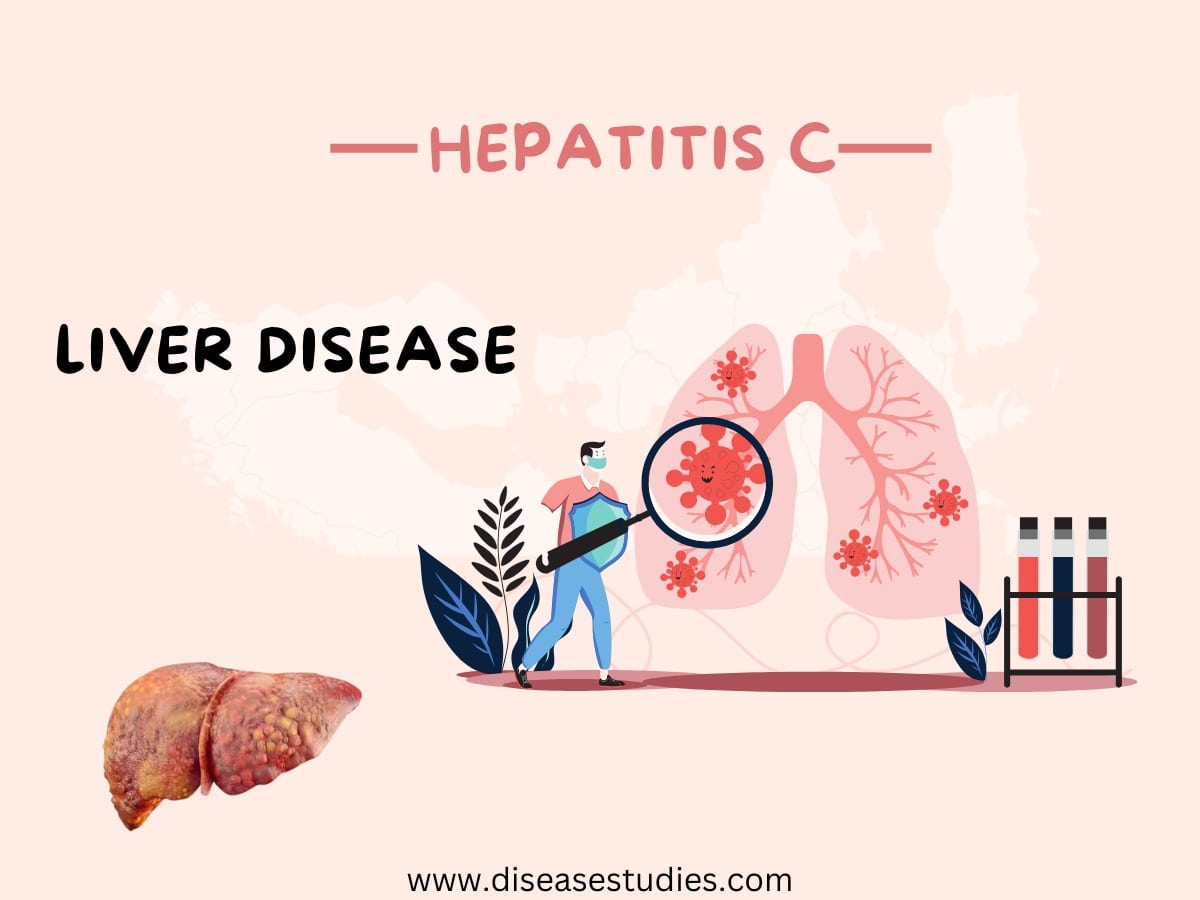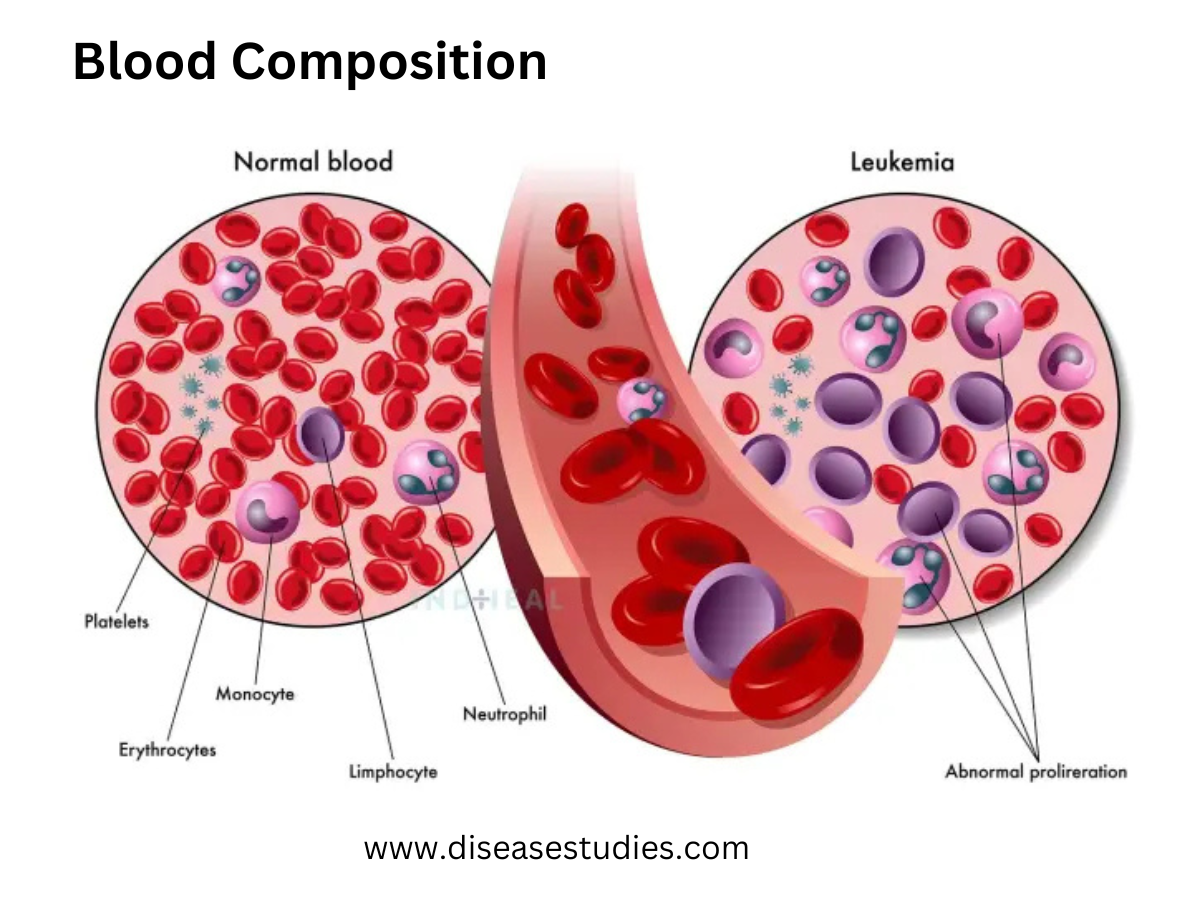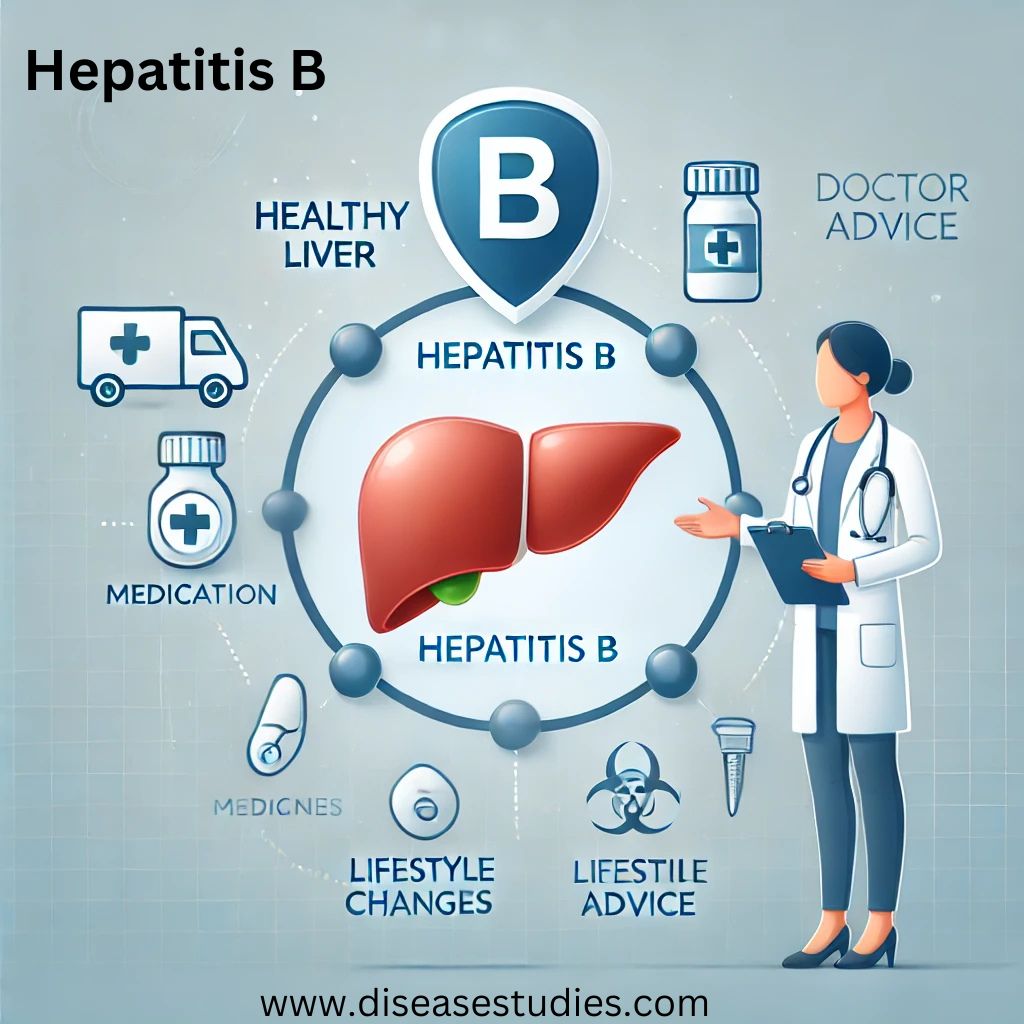
Hepatitis C is a liver infection caused by the hepatitis C virus (HCV). This virus leads to liver irritation and can bring about serious liver damage if not treated. Understanding hepatitis C is vital, as it often shows no signs and symptoms till large liver damage has happened.
What Is Hepatitis C?
Hepatitis C is a viral infection that on the whole affects the liver. It can be acute, lasting quickly, or chronic, persisting for a lifetime. Many humans with hepatitis C no longer experience signs, particularly within the early degrees. When symptoms do seem, they’ll include fatigue, jaundice (yellowing of the skin and eyes), darkish urine, belly pain, lack of appetite, and nausea. These symptoms are often improper for other ailments, making hepatitis C hard to hit without precise blood tests.
How Does Hepatitis C Spread?
Hepatitis C spreads via contact with blood from an inflamed man or woman. Common ways the virus spreads consist of:
- Sharing Needles or Syringes: Using infected needles or syringes, in particular, amongst folks who inject tablets, is a full-size mode of transmission.
- Unsafe Medical Practices: Receiving blood transfusions or organ transplants from unscreened donors, or undergoing scientific processes with non-sterile equipment, can lead to infection.
- Mother-to-Child Transmission: An inflamed mom can pass the virus to her child at some stage in childbirth.
- Unregulated Tattoos or Piercings: Getting tattoos or piercings in unlicensed centers or with non-sterile gadgets increases the risk.
- Sexual Contact: While less common, hepatitis C can spread through sexual contact, especially among men who’ve sex with men.
It’s important to observe that hepatitis C does now not spread through casual touch, which includes hugging, kissing, sharing utensils, or breastfeeding.
Who Is at Risk?
Certain companies are at better hazard for hepatitis C, inclusive of:
- People Who Inject Drugs: Current or former injection drug customers are at extensive risk because of potential needle sharing.
- Recipients of Blood Transfusions or Organ Transplants Before 1992: People who acquired blood products were at hazard.
- Healthcare Workers: Those uncovered to inflamed blood through needlestick injuries.
- Infants Born to Infected Mothers: There’s a chance of transmission during childbirth.
- Individuals with HIV: Co-contamination charges are better because of shared transmission routes.
Complications of Hepatitis C:
If left untreated, chronic hepatitis C can cause extreme liver complications, together with:
- Cirrhosis: Scarring of the liver that impairs its characteristics.
- Liver Cancer: Increased danger because of prolonged liver infection.
- Liver Failure: Severe damage mainly to the liver’s incapacity to feature.
Diagnosis and Testing:
Diagnosing hepatitis C involves blood assessments that hit upon the presence of HCV antibodies and determine the viral load. Early detection is important for powerful remedies and for preventing liver damage. Individuals at threat need to seek testing, even in the absence of signs.
Treatment Options:
Advancements in remedy have made hepatitis C a curable disease for most humans. Direct-performing antivirals (DAAs) are oral medicinal drugs taken for 8–12 weeks that cure over 95 percent of instances with minimum aspect outcomes. It’s important to consult a healthcare issuer to determine the most appropriate treatment plan.
Prevention Strategies
Preventing hepatitis C includes lowering publicity to the virus:
- Avoid Sharing Needles or Syringes: Utilize needle trade programs and are looking for help for substance use problems.
- Ensure Safe Medical Practices: Always receive medical care from professional facilities that comply with proper sterilization procedures.
- Choose Licensed Tattoo and Piercing Parlors: Ensure they use a sterile system.
- Practice Safe Sex: Use condoms, mainly with new or multiple partners.
- Regular Screening: Individuals at threat need to undergo everyday testing to come across the virus early.
Living with Hepatitis C:
A hepatitis C analysis may be difficult, but with proper hospital treatment and way of life changes, people can lead wholesome lives. It’s vital to adhere to remedy plans, keep away from alcohol (that could boost liver damage), and keep a healthful eating regimen. Support organizations and counseling can provide emotional assistance for the duration of treatment and recovery.
Global Impact and Elimination Efforts:
Hepatitis C is an international fitness challenge, with thousands and thousands affected worldwide. Efforts are underway to cast off the virus, with goals set by using companies like the World Health Organization (WHO) to reduce new infections and increase get admission to to remedy. Public focus, vaccination applications, and improved healthcare access are pivotal in these efforts. Citeturn0search0
Conclusion:
Hepatitis C is a severe however practicable circumstance. Understanding the modes of transmission, recognizing hazard elements, and seeking timely medical care are vital steps in fighting this disorder. With modern-day treatments, therapy is within reach for most, making consciousness and training greater vital than ever.







Fantastic and very Nice
Very Nice and amazing